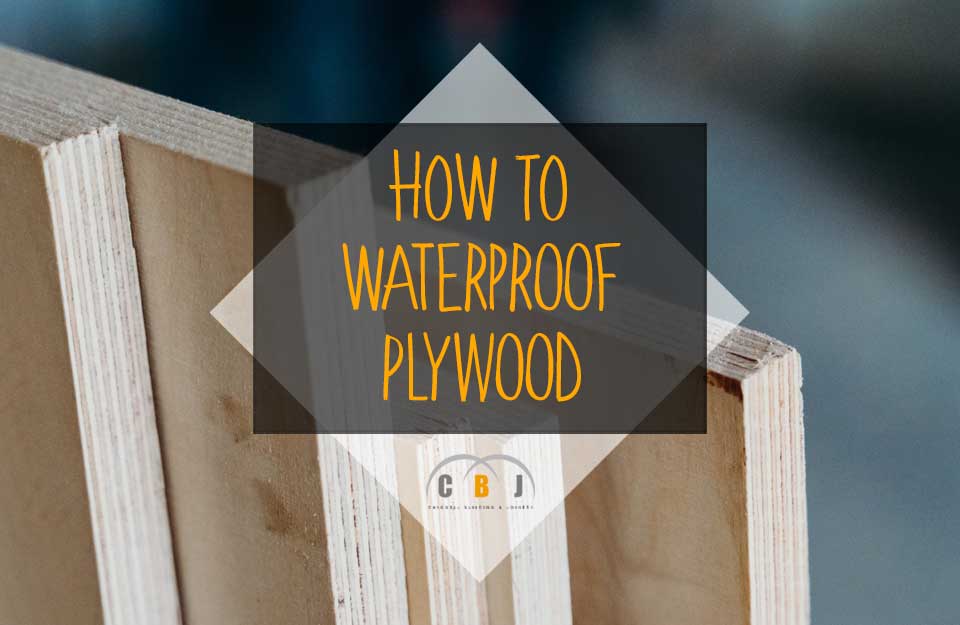In 2025, waterproof plywood is no longer just a practical material—it has become a design staple. Architects and interior designers are embracing it not only for durability but also for the creative freedom it allows in modern spaces. With evolving lifestyles and climatic challenges, the plywood industry has shifted to offer solutions that combine performance, aesthetics, and sustainability. Here are the key trends shaping waterproof plywood this year.
1. Advanced Grades as Standard
Until a few years ago, waterproof plywood was seen as a premium upgrade. Today, high-performance grades that can withstand boiling water and prolonged moisture exposure are becoming the norm. Designers increasingly specify these for kitchens, bathrooms, balconies, and exterior cladding. Beyond moisture resistance, there is growing demand for multi-functional boards that combine waterproofing with resistance to fire, termites, and fungus.
2. Smarter Bonding & Edge Protection
Improved bonding resins and edge treatments are redefining how long plywood lasts. Phenolic resins, vacuum impregnation, and multi-layer pressing techniques help prevent delamination even in extreme conditions. Edge sealing has also become a must, ensuring that sheets resist swelling at their most vulnerable points. These advancements make waterproof plywood more reliable for long-term structural use.
3. Sustainable & Low-Emission Choices
Sustainability is central to material selection in 2025. Architects now favor boards made from plantation timber, eco-friendly resins, and low-VOC technologies. The goal is to balance high performance with minimal environmental impact. Many projects are also incorporating plywood certified for sustainable sourcing, reflecting a shift toward conscious construction and healthier indoor air quality.
4. Decorative Waterproof Plywood
Function is no longer enough—designers are seeking beauty too. Waterproof plywood now comes with decorative finishes such as textured veneers, laminates, and colored surfaces. This makes it possible to maintain visual harmony across dry and wet zones of a home or office. From feature walls to modular kitchens, decorative waterproof options are allowing wood aesthetics to flourish without fear of damage.
5. Hybrid & Composite Innovations
Another noticeable trend is the rise of hybrid materials. By blending traditional veneers with advanced fillers or fibers, manufacturers are creating boards that are stronger, lighter, and more resistant to water, pests, and heat. These composite solutions are especially attractive for high-traffic areas, outdoor furniture, and projects where durability is critical.
6. Standardization & Modular Compatibility
As modular furniture and prefabricated designs dominate interiors, architects are turning to plywood that offers uniform thickness, calibrated surfaces, and larger sheet sizes. This reduces waste, minimizes visible joints, and speeds up installation. Standardized boards also ensure compatibility across multiple applications, from wardrobes to wall claddings.
7. Cost-Effective Durability
Affordability continues to guide choices, especially in housing projects and commercial interiors. Waterproof plywood is no longer considered too expensive; with better availability and competitive pricing, it has become a cost-efficient alternative to solid wood. The focus is shifting from cheapest options to those offering the best long-term value—resisting repairs, replacements, and maintenance.
Conclusion
In 2025, waterproof plywood stands at the intersection of performance and design. It resists moisture, integrates with modern modular practices, and offers sustainable, aesthetic finishes—all while staying cost-efficient. For architects and designers, the material has evolved from a protective necessity to a preferred choice that empowers creativity without compromising durability.

